Hello and welcome back to another edition of The Rimfire Report! This ongoing series is all about the rimfire firearm world. Last week we checked out the very rare British-made Birmingham Small Arms “Ralock” 22LR semi-auto rifle. A lot of you who had one or shot one said that they were great rifles while others mentioned that the stocks were quite fragile, or that the rifles were particularly a pain in the ass to service. Either way, I really appreciate you sharing your experiences and thoughts with all of us in the comments, it’s great to have firsthand accounts of how these rare pieces actually operated. This week we’re back again with another quite rare rifle, this time one meant for the US Military, specifically the United States Marine Corps. I’m of course talking about the Harrington and Richardson Model 150 also lovingly known as the “Leatherneck.” Made to mimic the much venerated M1 Garand service rifle, the Leatherneck is the United State’s own rimfire trainer. Today we’ll take a look at the heritage of the Leatherneck, and check out what they had and have to offer in terms of reliability, accuracy, and investment value.
More Rimfire Report @ TFB:
- The Rimfire Report: The Complex British-Made BSA Ralock
- The Rimfire Report: Is The Hammerli Force B1 The Way of the Future?
- The Rimfire Report: France’s Gevarm 22LR Open Bolt Semi-Auto Rifles

The Rimfire Report: The H&R “Leatherneck” Marine Corps Rimfire Trainer
Harrington and Richardson were founded in the late 19th century by William A. Richardson and Gilbert H. Harrington, the latter of which was the inventor of the top-break revolver. Throughout the 20th century, the company produced several firearms for the United States military throughout both world wars ranging from revolvers to submachine guns and even shoulder-fired flare guns and the M1 Garand under contract during the Korean War. The Leatherneck was produced primarily during the post-WWII era and today you probably know them best from our coverage of them at SHOT Show.
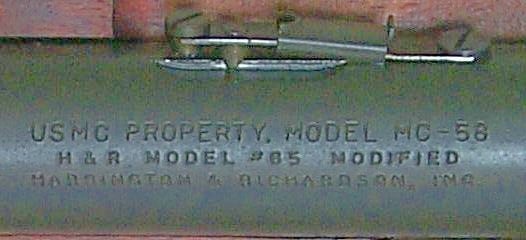
The rifle’s primary purpose was to offer military personnel a cost-effective training option, enabling them to use more affordable 22LR ammunition and preserving the valuable .30-06 ammunition for experienced riflemen and combat use. As usual, the Marine Corps wasn’t at the top of the list for the M1 Garand transition, despite being the ones who needed it the most. They were in a hurry to train thousands of troops on the limited supply of the new M1, so they approached Harrington & Richardson (H&R) for an affordable solution outside the regular Garand supply chain. They were already familiar with Eugene Reising’s (the designer of the rifle) work through Models 50 and 55 closed-bolt submachine guns.
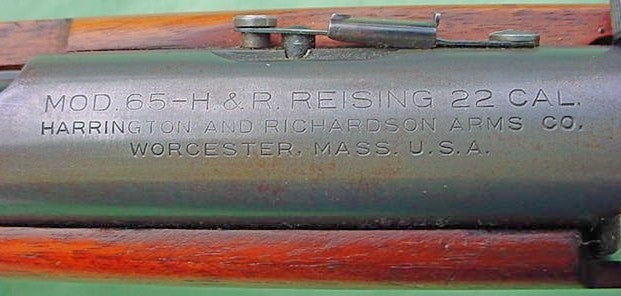
Despite some hiccups with Model 50, the Reising Submachine Gun was seen as innovative and this kept the attention of the US Military. When the USMC asked H&R to design a .22 training rifle to mimic the M1 Garand in 1943, Eugene Reising incorporated the same features from his .45 ACP submachine gun into the new .22 rifle, which became the Harrington and Richardson “Reising” Model 65 .22 Rifle. This rifle faithfully replicates the sight picture and length of pull of the M1 Garand, however, that’s about where the similarities end.
While the action significantly deviates from the M1, its core mission was to familiarize soldiers and marines with semi-automatics rather than bolt actions, and in this aspect, it was both an effective training tool and a money saver. The Model 65 is built like a tank by today’s standards with the heavy-duty receiver, barrel, and stock built to withstand years of abuse by trainees and hundreds of thousands of rounds of shooting practice. H&R reports that the Model 65 (again, the one made for the military) underwent rigorous testing by the Marine Corps, enduring an impressive 100,000 rounds convincing the Marine Corps to adopt it as their trainer for the M1 Garand.

The transition from Military to Civilian, and then back again
Approximately 18,500 H&R Reising Model 65’s were produced between 1943 and 1945. H&R began offering them for civilian sale as the Marine contract concluded. The Model 65 underwent changes, eventually evolving into the Model 165 “Leatherneck” in May 1945, carrying on until 1948. This model marked the transition from military to civilian use, offering a lighter version with design changes.
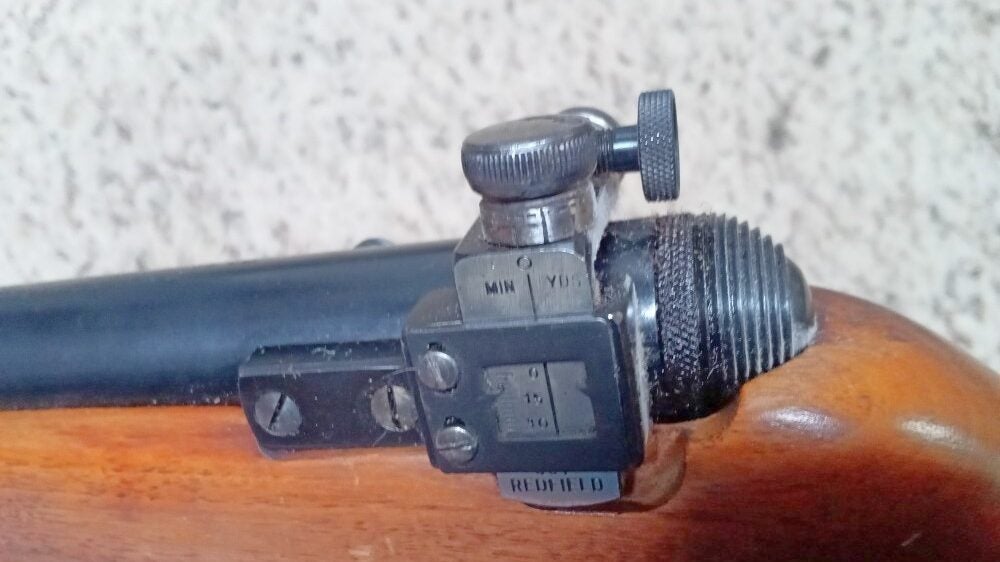
While the Model 65 adopted by the US Marine Corps was much heavier (meant to closely mimic the weight of the M1 Garand) the commercially available Leatherneck Model 165s and Model 150s were about a pound lighter and also didn’t come with the military markings (typically “U.S. Property” or “USMC Property”). Allegedly only the first 6,000 of this model of the rifle were produced for the US military, with higher serial numbers being part of the Leatherneck Model 165 and Model 150 line were produced entirely for the commercial market but still featured the traditional peep sights and the unique cocking mechanism that was concealed underneath the forend of the stock.
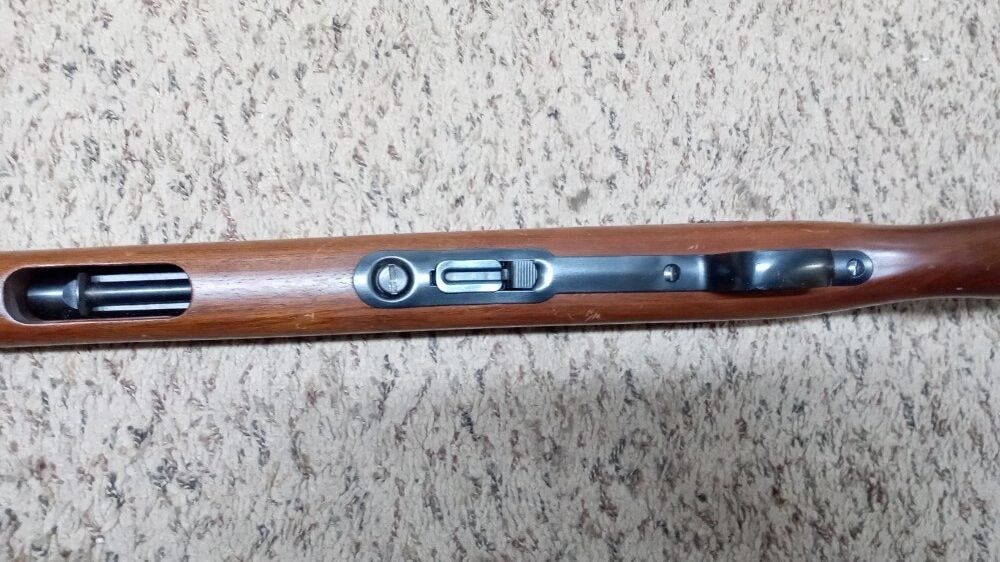
In 1956, a revised version of the Model 65 emerged as the MC-58 Rifle, designed to better simulate training for the M1 Garand via a direct request from the Marine Corps. Around 3,500 of these were produced beginning in 1956, dispelling a common collector’s assumption that the MC-58 was designed specifically for the M-14 Rifle. The Marines continued using the M1 Garand until around 1962 and thus the MC-58 and the previous Model 65 still had training significance. The adoption of the MC-58 confirmed the continued effectiveness of the initial Model 65 design and it wasn’t until approximately 1962 that Marines extensively started using the M-14 rifle. The evaluations provided the USMC with another chance to assess potential new training rifle options for the M1 Garand Rifle, which was still in active service. Forgotten Weapons has a great video with some great visuals of the MC-58 rifle.
A Stepping Stone
After the full adoption of the M14 rifle by the armed forces, H&R and Reising once again got to work designing a new trainer to help reduce the cost of training with that platform. As far as I can tell from my research, this rifle was not adopted and only went as far as a prototype which included fully adjustable M14 style sights and a proper charging handle. Once again everything from the weight and balance to the length of pull and sight system and radius was meant to be the exact same as the M14, just without the same recoil – this included a full auto function. However, the submission was rejected and the H&R line of 22LR trainer rifles ends there.
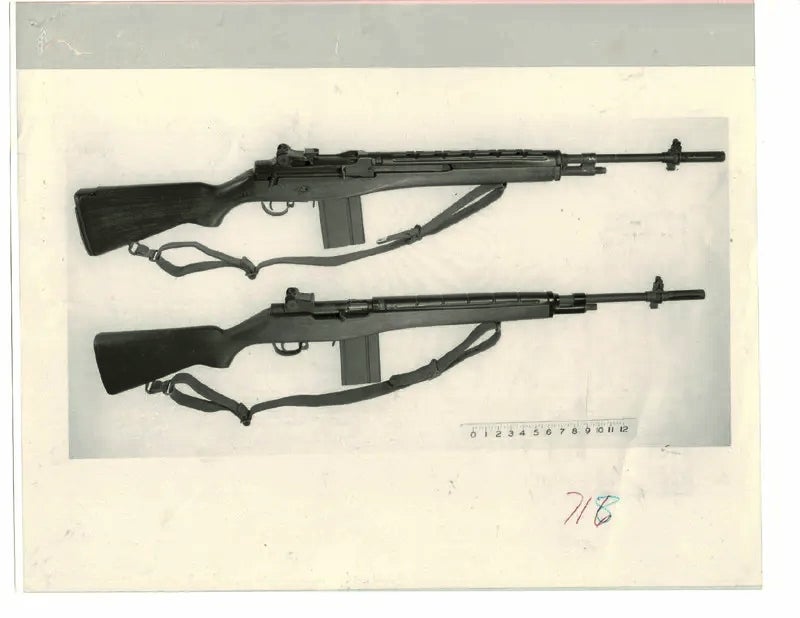
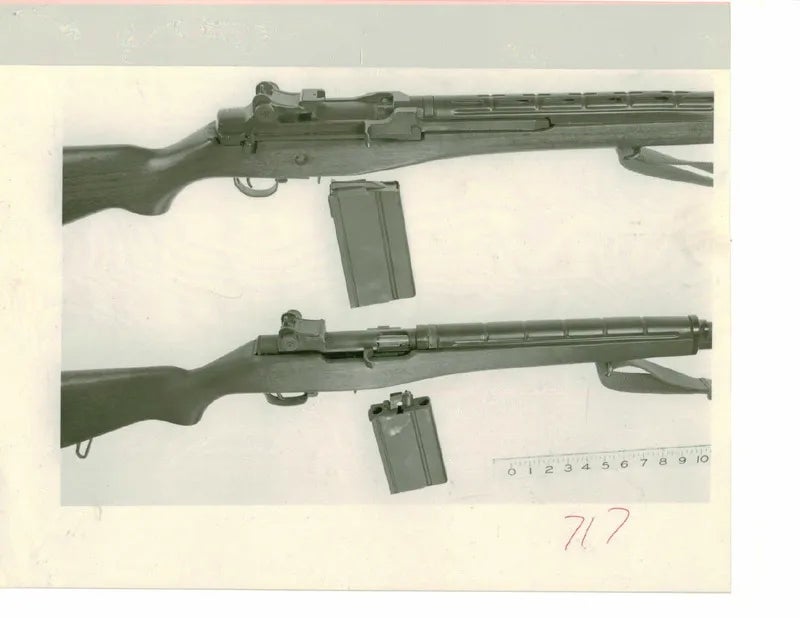
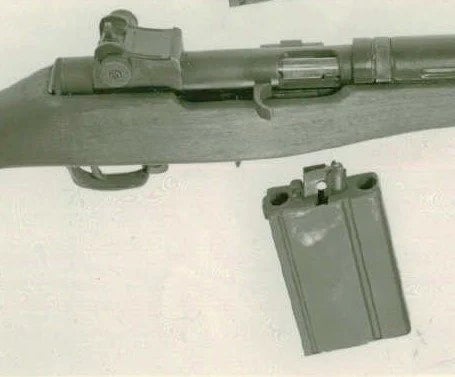
Today the rifles lie almost entirely in collectors’ hands with a fairly low-traffic secondhand market. As with anything that is adopted by the U.S. military, the Leatherneck in both its original Military Model 65 configuration and its commercial Model 165 and 150 configurations is highly sought after as a collector’s item. A typical Model 165 or Model 150 will go for around $500 in decent condition while better examples and military-stamped examples will for $1,000 plus. What’s even better is those who own these rifles often say they are great shooters and with the proper care operate almost flawlessly. Once again if you’ve had first-hand experience with any of these rifles from H&R, let us know down in the comments! As always thanks for stopping by to read The Rimfire Report and we’ll see you again next week!

 Your Privacy Choices
Your Privacy Choices
